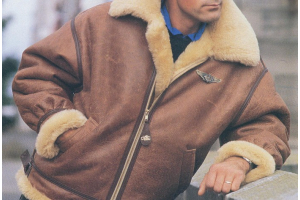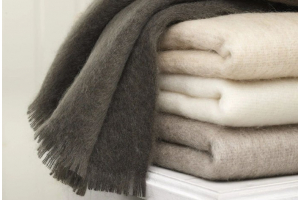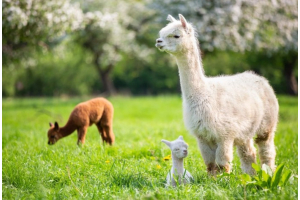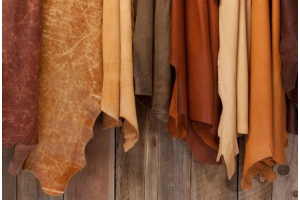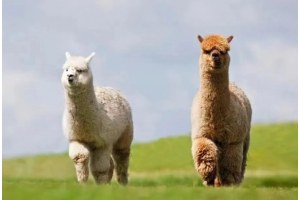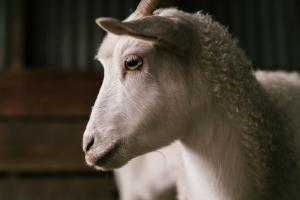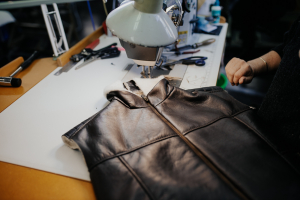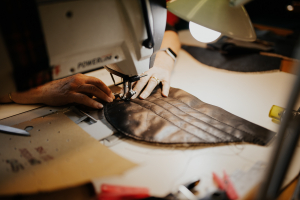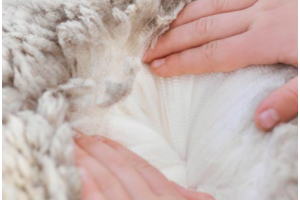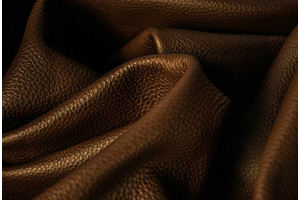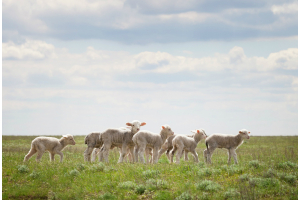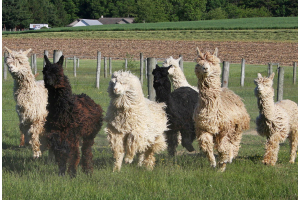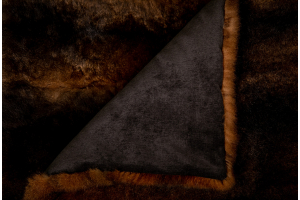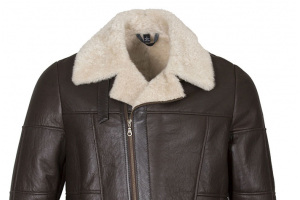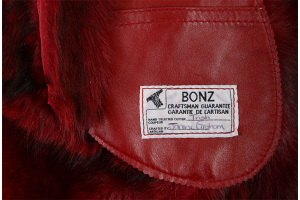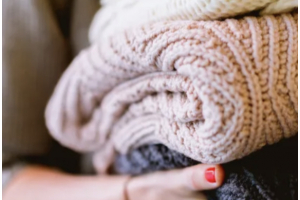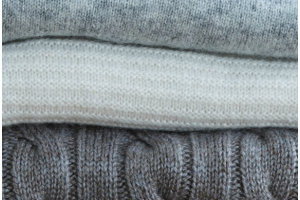We use cookies to ensure that we give the best experience on our website. Click here for more information
Monthly Archives: January 2020
-
January 07, 2020
What is a Suri Alpaca?
The Suri alpaca is a member of the camelid family, which includes the llama, Huacaya alpaca, the wild vicuna and guanaco, and also the camel. The alpaca is originally from the high Andean Plateau and mountains of South America. There are two types of alpaca: Huacaya and Suri. Huacaya alpaca has a dense, soft, crimpy sheep-like fibre. Suri alpaca have long, silky fibre, which forms into locks much like dreadlocks.
The history of Suri Alpaca
The Suri Alpaca has a rich cultural history. Originally, the Incas raised this outstanding animal, whose fibre was thinner and softer than wool. But in the 1500s, as much as 90% of the alpacas were killed due to the Spanish invasion and replaced by European livestock (sheep, goats and cattle). Alpacas and their herders retreated into the Andean mountains to escape the conquerors. The Suri Alpacas are affected by the harsh conditions of high altitudes and cannot survive.
-
January 06, 2020
- Use the sense of touch
Real leather comes in a range of finishes and can feel smooth, depending on the quality and type. If the product feels excessively smooth or has a plastic feel, chances are it’s fake.
- Compare smell of both
Natural leather will smell different from artificial leather. Fake leather usually smells like chemicals, while real leather has a distinctive fragrance of leather and animals.
- Droplet of water on both the leathers
Real leather is a natural breathing product, so drop a small amount of water on the good, as real leather absorbs moisture. If the good is fake, the water will simply puddle up on top.
- Judge leather with flexibility
The easiest way to judge the authenticity of leather is to check its flexibility. The trick to check is to fold the leather, you can fold it halfway.
-
January 06, 2020
Like many classic men’s garments, aviator jackets were originally created for pilots and eventually became part of popular culture and apparel. Aviator jackets are often called flight jackets or pilot jackets. They have a long history,come in a wide range of styles, and are perfect for casual wear.
What are the aviator jackets?
Today, the aviator jacket is a general term that describes a set of clothing features originally derived from military jackets issued to personnel in the first half of the 20th century. Jackets are usually made of leather, sheepskin or fabric. The waist-length of the jacket is tailored to keep the wearer's warmth in the coldest temperatures. It has a button closure and features elasticated cuffs and hem. The collar slides up and is fixed around the throat to provide additional elemental protection.
History of the aviator jacket
In World War I, most aircraft did not have
-
January 06, 2020
- The Feel Test
Feel the difference by touching the hairs between the finger and thumb.
Real fur feels very soft and smooth to touch, easily rolls between fingers. The fake fur is rough to the touch. It may become sticky in wet weather and may have the same feel as a stuffed animal toy.
- The Look Test
Gently blow on the hairs, separate them and look at the base.
Real fur usually consists of several layers of thin, almost curled hair that form a thick wool through which longer hair extends. The hair is still attached to the leather. Fake fur usually has a relatively simple structure, and each hair is usually the same length or even the same colour.
- The Pin Test
Driving the pin through the base to which the fur is attached.
If it is hard to push through, or the leather resists completely, it is likely


